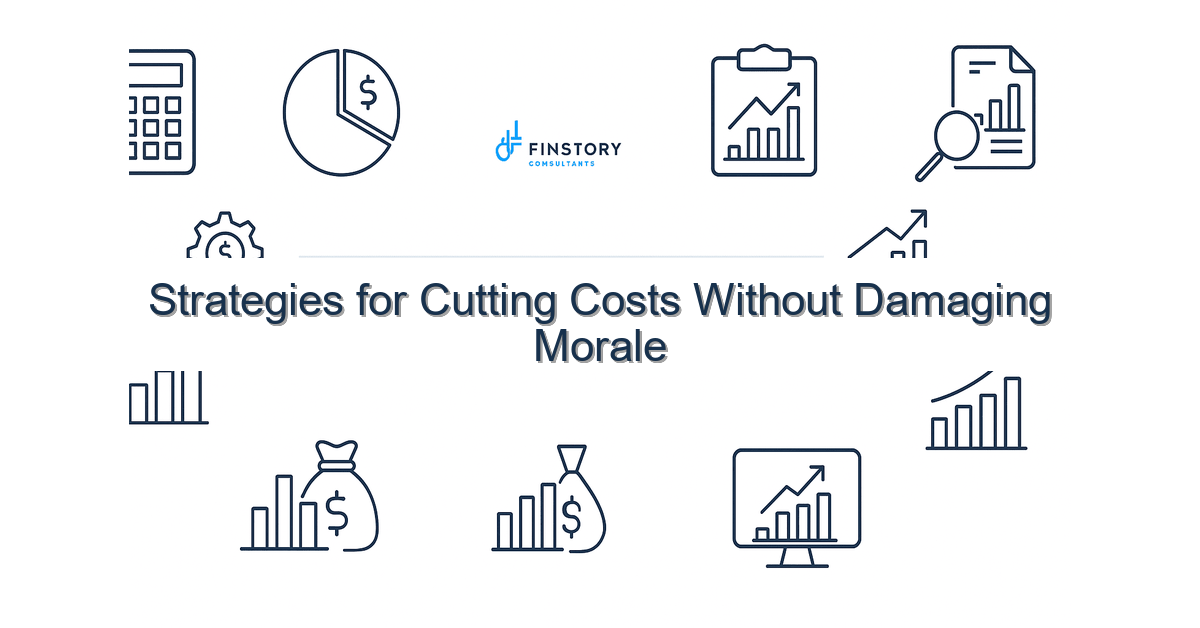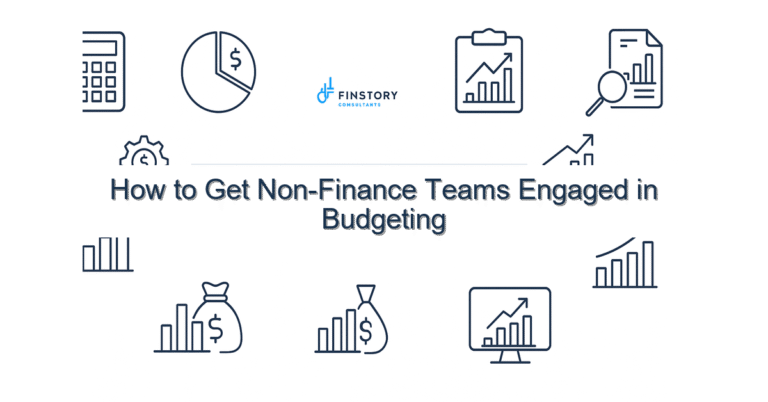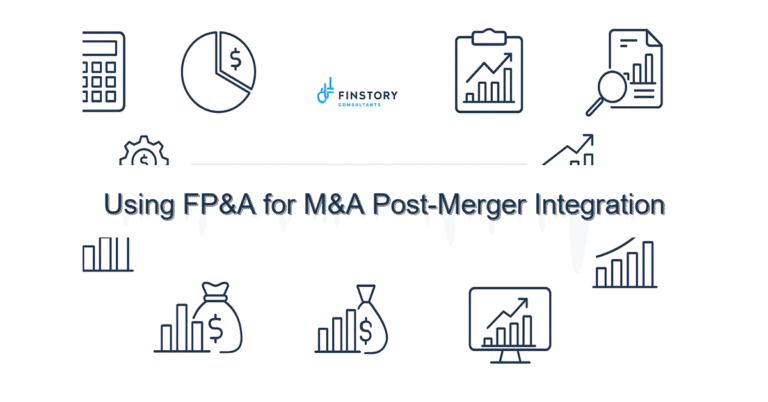Strategies for Cutting Costs Without Damaging Morale
You’re being asked to cut costs while keeping care quality and team morale intact. It feels like threading a needle: reduce spend without breaking trust or slowing operations.
Summary: Cut unnecessary spend with a targeted, transparent approach that protects staffing, improves process efficiency, and gives leadership timely data—so you hit budget goals and keep your teams engaged.
What’s the real problem?
Healthcare organizations face persistent financial pressure: rising supply costs, reimbursement uncertainty, and the need to invest in technology. Often the knee‑jerk response is across‑the‑board cuts that ripple through patient care and employee engagement.
- Reluctant supervisors hoard budget because cuts are uneven or unpredictable.
- Operational inefficiencies remain hidden—waste accumulates in low‑visibility areas.
- Staff morale drops after broad layoffs or late‑cycle budget reversals.
- Finance lacks current, trusted metrics to tell which costs truly matter.
What leaders get wrong
Leaders want quick wins, but many common tactics do more harm than good.
- Targeting frontline headcount first. It looks immediate, but harms capacity and drives overtime elsewhere.
- Using arbitrary percentage reduction targets. A flat 5% cut treats a supply closet and a surgical team the same.
- Cutting communication. When teams discover cuts piecemeal, trust erodes and engagement falls.
- Ignoring the reuse and recycle of clinical supplies—small habits add up to big costs.
A better approach
Shift from blunt cuts to deliberate redesign. Focus on three things: protect clinical capacity, eliminate waste, and make savings sustainable.
- Diagnose: Map spend to outcomes. Use a simple heatmap—cost vs. clinical impact—to prioritize.
- Engage: Bring clinical and operational leaders into the conversation before decisions land.
- Optimize: Target process changes and contract renegotiations that reduce recurring spend.
- Measure: Put savings on the scorecard and track rebound effects like overtime or service delays.
- Communicate: Share the rationale and the plan with staff to preserve trust.
Real-world story: A mid‑sized community hospital needed $2M in annual savings. Instead of layoffs, the CFO led a 6‑week diagnostic with nursing, supply chain, and finance. They found $900k in duplicate vendor contracts, $600k by standardizing implant kits, and $300k from scheduling efficiency. They met the target without cutting full‑time staff and actually reduced agency nursing spend by 20% over the next quarter.
Quick implementation checklist
- Run a 30‑60 day spend diagnostic focused on highest‑variance categories.
- Create a cost‑impact heatmap: label items high/medium/low on clinical impact and spend.
- Hold a cross‑functional steering group that includes a frontline clinician.
- Identify five non‑clinical quick wins (vendor consolidations, unused subscriptions, printing). Act on one this week.
- Standardize one clinical kit or order set and measure usage for 30 days.
- Implement a temporary hiring pause for nonessential roles—except critical clinical hires.
- Publish a weekly dashboard for leaders showing realized and projected savings.
- Communicate rationale and next steps in an all‑staff note or town hall within two weeks.
- Track staff sentiment via a short pulse survey after changes are announced.
What success looks like
- Reduction in non‑clinical spend by 8–12% within six months.
- Reduction in agency or overtime spend by 15–25% through scheduling and efficiency gains.
- Process cycle time improvements—e.g., supply restocking time cut by 30%.
- Improved forecast accuracy: variance to budget reduced from ±10% to ±3%.
- Positive or neutral staff engagement scores after implementation (less than 5‑point drop).
- ROI on change initiatives—typically 3–6x in the first year for targeted operational fixes.
Risks & how to manage them
Be candid about tradeoffs. Three risks show up repeatedly, and you can mitigate each without losing momentum.
-
Risk: Quality or access degradation.
Mitigation: Use clinical impact scoring and pilot changes in one unit before rolling out systemwide. -
Risk: Morale and retention decline.
Mitigation: Communicate openly, involve staff in redesign, and protect core roles. Offer transparent timelines and re‑training where possible. -
Risk: Savings aren’t sustained (rebound spend occurs).
Mitigation: Embed changes into SOPs, update budgets, and report recurring savings monthly to leadership dashboards.
Tools & data
You don’t need perfect data to start, but you do need usable insight and a repeatable way to surface it.
- Finance automation for transactional data: reduce manual journal work so FP&A can analyze drivers.
- Power BI or similar for leadership reporting: create a cost heatmap and an operations dashboard.
- Lean tools and process mapping for clinical workflows: small changes often yield large returns.
- Shared scorecards for ops + finance: align on on‑target savings, realized savings, and unintended impacts.
Next steps
If you want to move from reactive cuts to deliberate savings, start with a focused diagnostic and a cross‑functional steering team. If you’d like help mapping the process, building the dashboards, and prioritizing interventions, contact Finstory for a short scoping session.
Work with Finstory. If you want this done right—tailored to your operations—we’ll map the process, stand up the dashboards, and train your team. Let’s talk about your goals.
📞 Ready to take the next step?
Book a 20-min call with our experts and see how we can help your team move faster.
Prefer email or phone? Write to info@finstory.net
or call +91 44-45811170.






